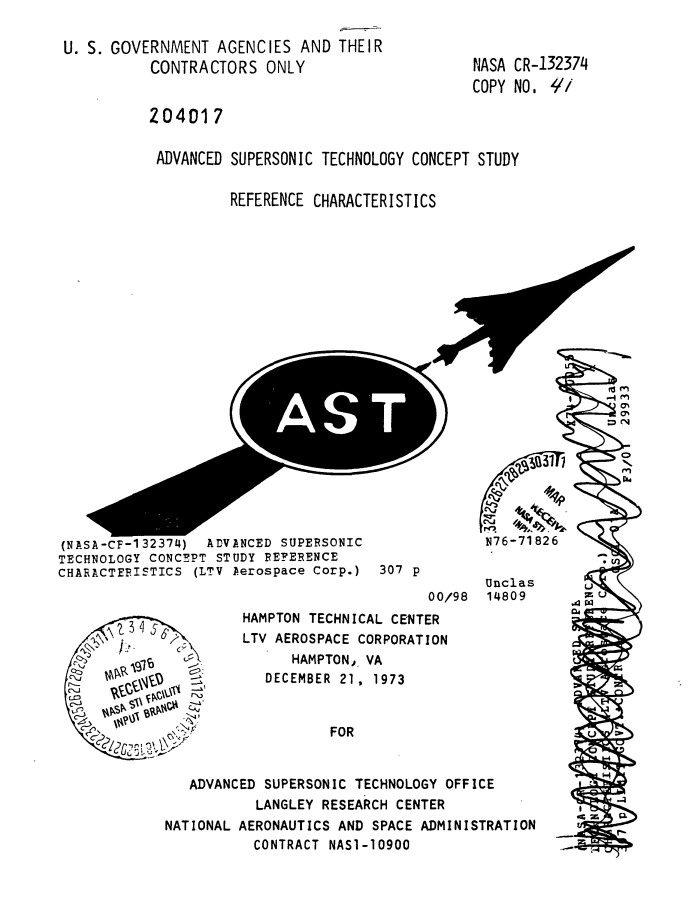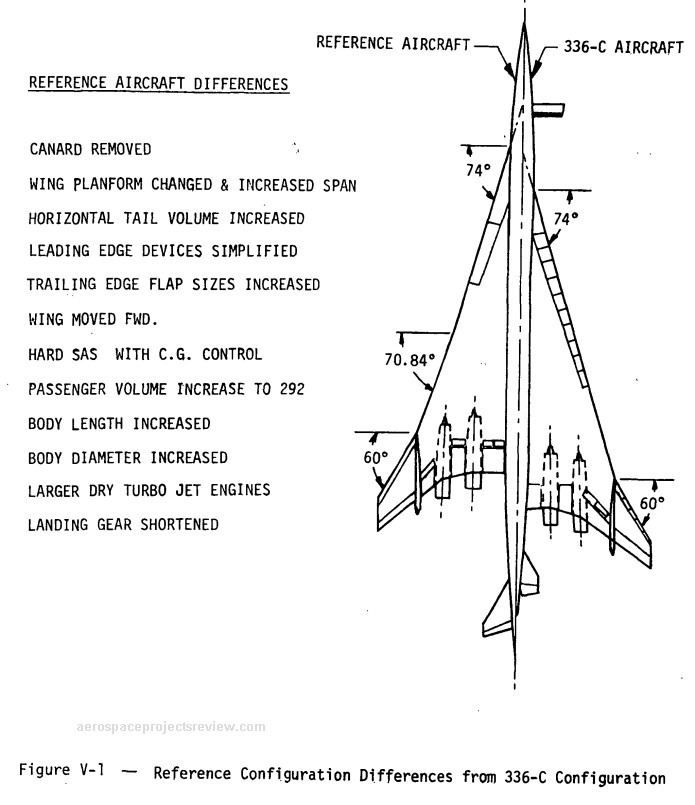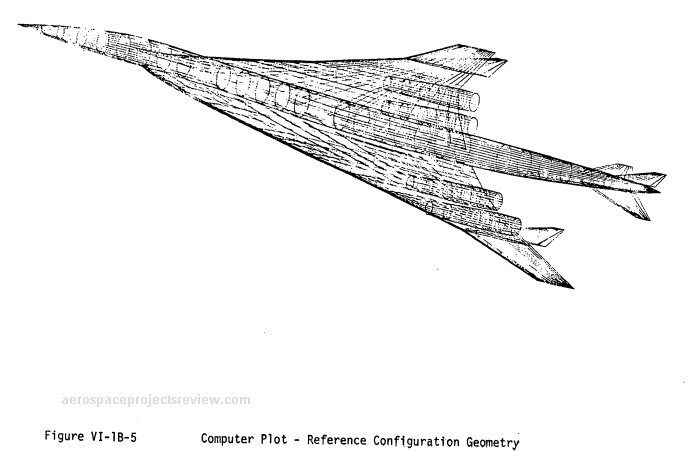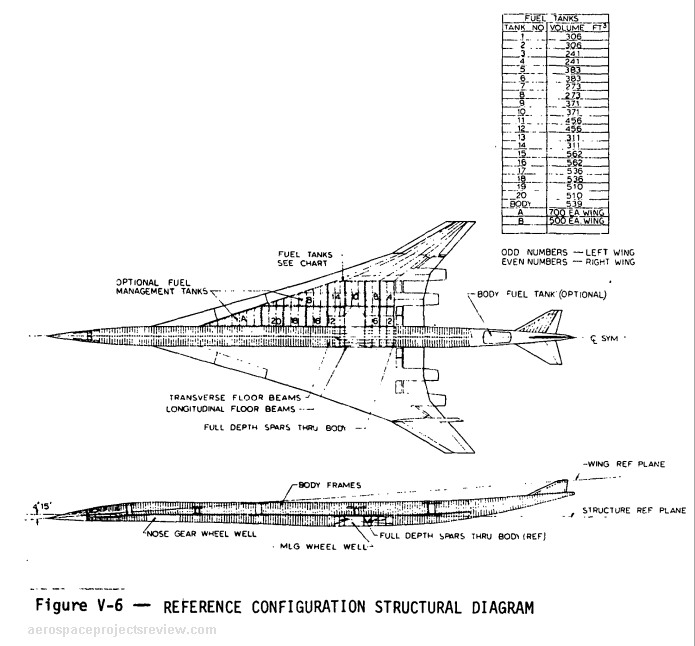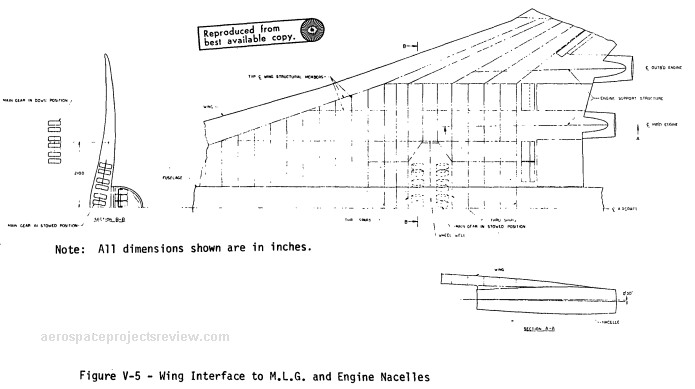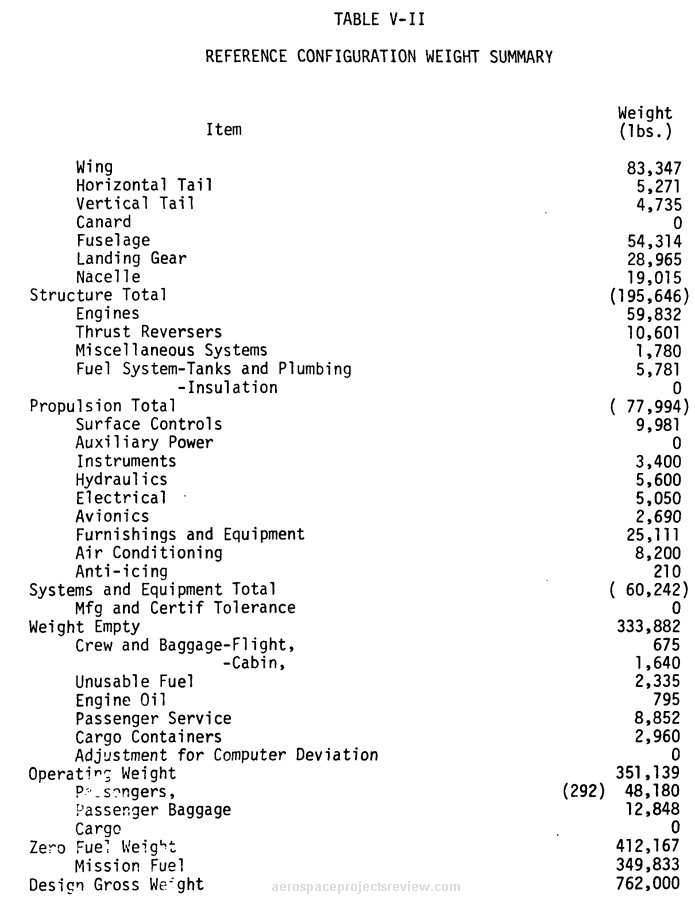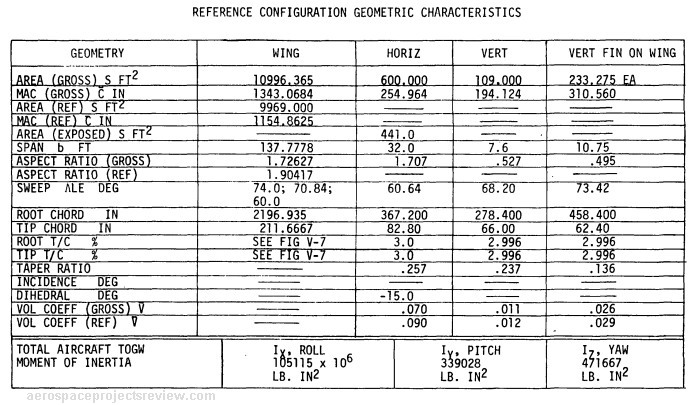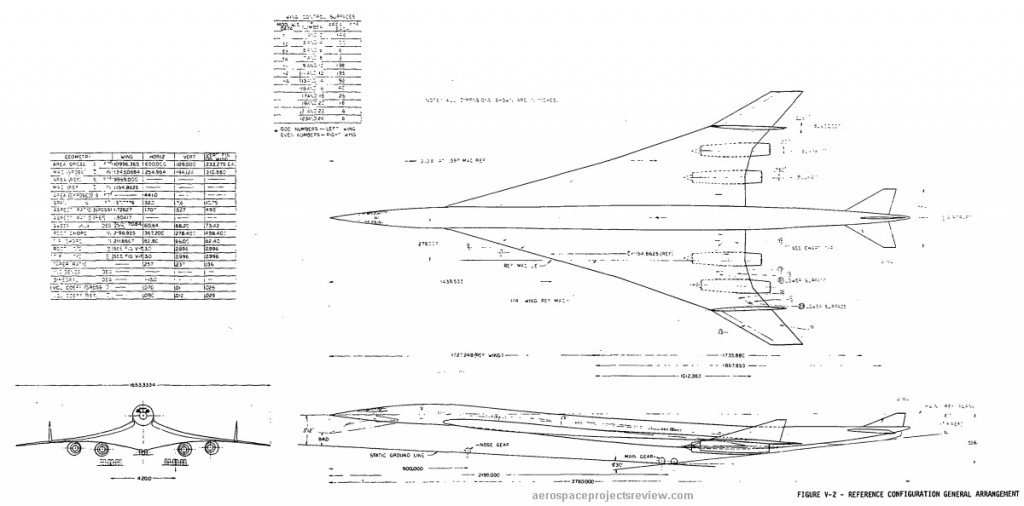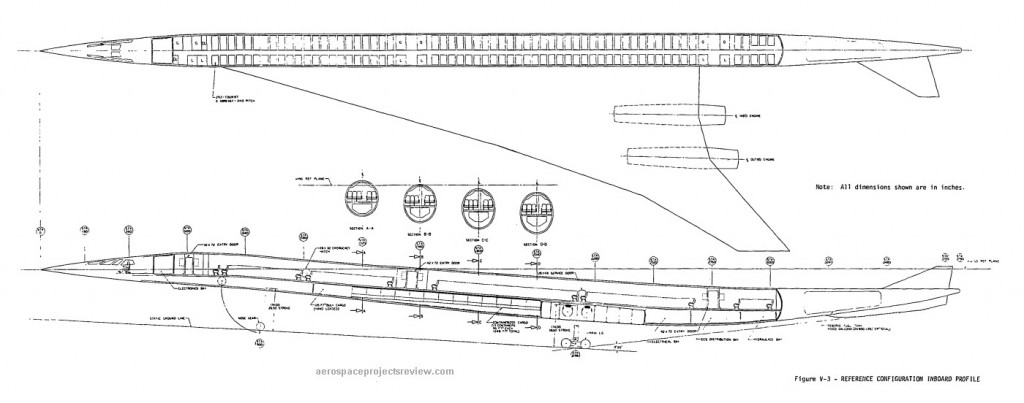NOTE: this is the latest official “PDF Review.” (Two were supposed to be released in September, but events prevented that. So this is the first of four to be released on October.) The idea is to present interesting online resources for those interested in the sort of aerospace oddities that you can find in the pages of Aerospace Projects Review. This little project is supported through my Patreon campaign; at current levels, I’ll post two such reviews per month. If you’d like to see more, or just want to contribute to help me along, please consider becoming a patron.
The Boeing 2707 supersonic transport was cancelled in 1971. The cost of developing the aircraft, coupled with the increased fuel costs due to the oil embargoes of the early 70’s, doomed the effort. However, NASA continued to spend money on studies of supersonic transports throughout the 1970s and into the 1980’s, focusing their interest on SSTs with advanced aerodynamics and propulsion systems in order to reduce fuel burn and thus operating costs.
One such study was performed by Ling Temco Vought for NASA-Langley in 1973. The study described a four-engine SST design to serve as a baseline for further study and refinement. Basic characteristics of the design:
- Mission range of 4000 nautical miles with 292 passengers
- Take Off gross weight of 762,000 pounds.
- The engines were non-afterburning, yet provided a cruise speed of Mach 2.7 at 60,000 feet.
- For a standard-day sea-level takeoff, a maximum 10,500 foot runway was needed.
The initial design was based on a previous Boeing design from 1968, the Model 733-336C. While broadly similar to the earlier design, the LTV design deleted the Boeing’s deployable canard, used larger non-afterburning engines, moved the main wing forward, increased the size of the tail and cranked the wing sweep slightly. Additionally, the four-abreast seating of the Boeing was changed to five-abreast in the LTV design, with an increase from 234 to 292 passengers. This was made possible by a slight enlarging of the fuselage.
The very latest in computer graphics, 1973 style.
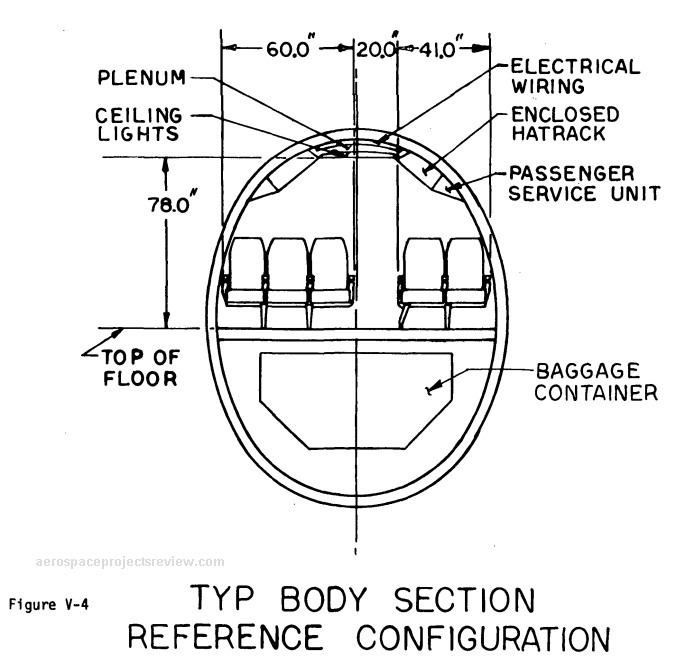
Note: the following two illustrations were stitched together from separate pages in the PDF. The full resolution versions are available to all APR Patreon patrons HERE.
The NTRS abstract page:
Advanced supersonic technology concept study reference characteristics
The direct link to the PDF file on the NTRS:
Advanced supersonic technology concept study reference characteristics
